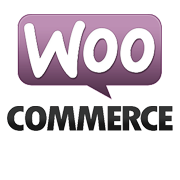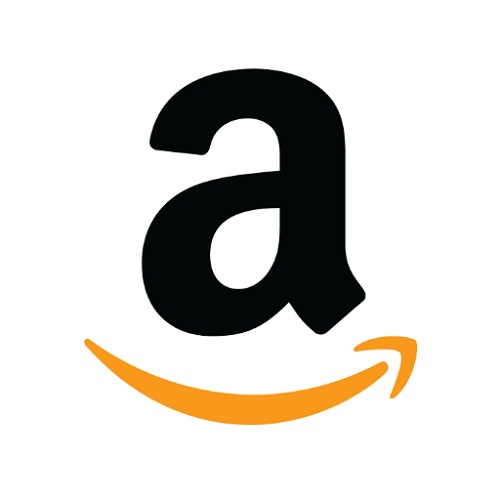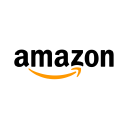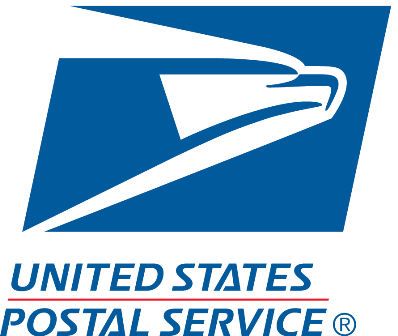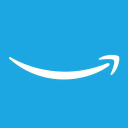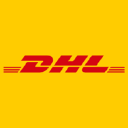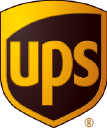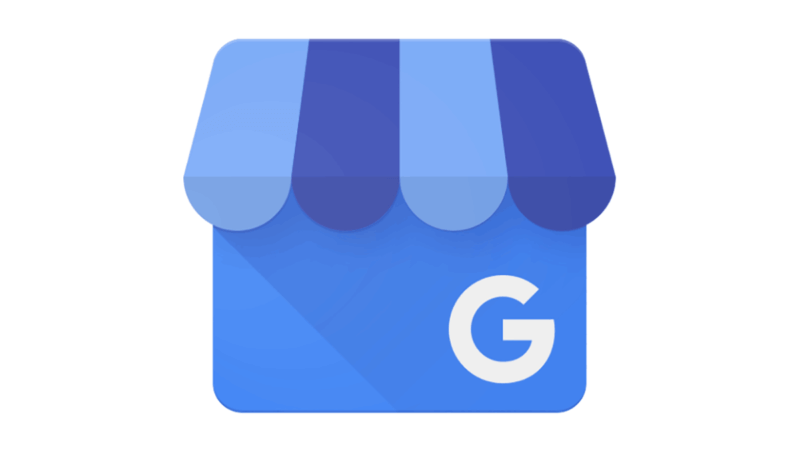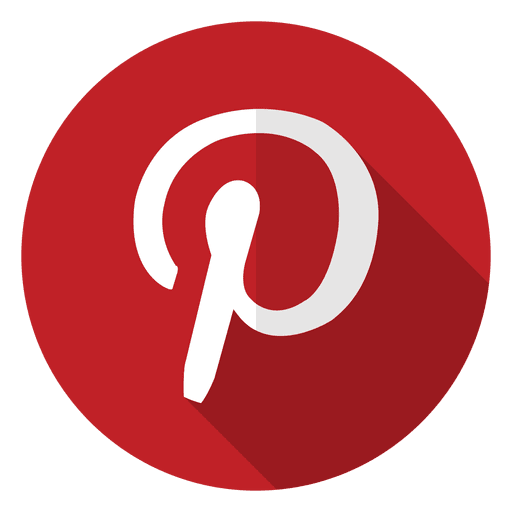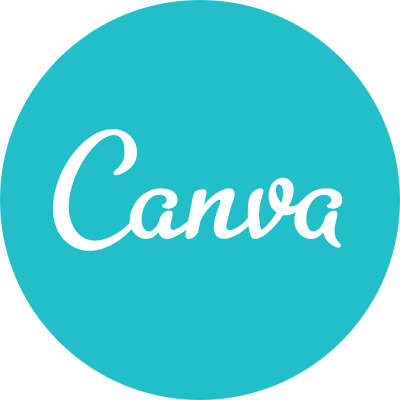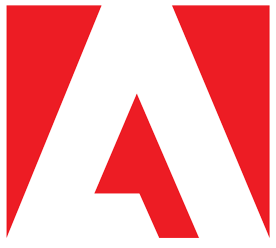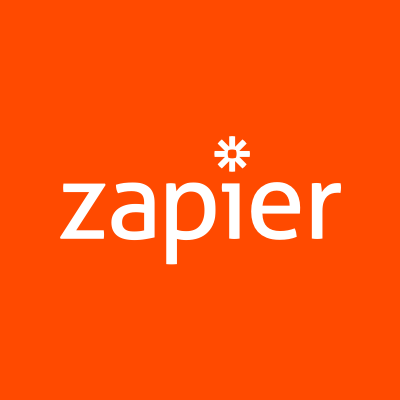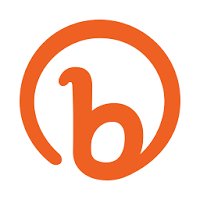How We Expanded Our Product Line To 30 Styles
This is a follow up story for Xero Shoes. If you're interested in reading how they got started, published over 6 years ago, check it out here.
Hello again! Remind us who you are and what business you started.
I’m Steven Sashen, co-founder and CEO of XeroShoes.
We make addictively comfortable shoes, sandals, and boots based on a simple idea: Letting your feet do what’s natural -- bend, flex, move and safely FEEL the world. We have a line of casual and performance products that people in 97 countries use for everything from a stroll on the beach to a powerlifting workout to running trail ultramarathons.
I like to ask people, “Do your feet feel better at the end of the day than they did at the beginning?” If the answer is No, then you’re not wearing Xero Shoes.
We launched in late 2009 for about $40. In 2019, we did over $12.1M in sales. We’ve been in the Inc. 5000 four consecutive years (it would have been 6 had I known how to apply) and were on Shark Tank, Season 4.

Tell us about what you’ve been up to! Has the business been growing?
I’d tell you how much we’ve grown since our last chat, but I can’t remember what I had for breakfast let alone when we last talked.
Suffice it to say (and this is public info), I mentioned the 12.1M last year, the previous year was ~$8.8, the year before was $5.75.
Be on the lookout for evidence that what you believe is WRONG and be ready to change directions, or pull the plug on something, rather than sticking to your hope that things will work out the way you want them to.
The biggest driver of sales has always been word of mouth -- our shoes are so life-changing comfortable, and recognizable, that our growth is largely organic.
Our team has grown to 44, our product line has expanded to almost 30 styles -- in fact, our continued product line expansion (based in large part on our customers telling us, “Hey, I LOVE what you’re doing, but I need this kind of shoe, too”) drives a lot of our growth.
Another driver has been creating ads that appeal to a larger audience, letting us move “up the funnel of awareness” to people who aren’t necessarily even thinking about shoes when they bump into our ads.
After all, everyone wears shoes and wants happy comfy feet. So the goal is: stop them in their tracks, share the story of WHY they haven’t found what they want, and, more importantly, how natural movement can finally solve that… and then showing how our shoes and sandals give them what they truly want. That’s what our new ads do.
Another helpful ad technique: Facebook’s “Tag Sponsor” option -- when someone with a FB Business Page makes a post with a simple, honest testimonial - they can tag us as a sponsor. Doing that puts their ad in our ad manager, allowing us to promote their awesome endorsement and THEM. So we’re effectively paying to promote a fan, who then promotes us!
What have been your biggest lessons learned in the last year?
Between the effects of last year’s trade war, having a VERY successful test with a major retailer, and this year’s COVID-19 issues, we’ve learned to become even more nimble than we were before.
Fundamentally, we learned that if the universe imploded, we still have ways to keep the business humming, employees working, and helping people discover and experience the benefits of our products.
That means changing the mix of distribution -- B2B or B2C -- tweaking our product development timing, adapting our focus geographically, frankly more than I want to revisit in my brain at the moment.
We’ve had WAY more “Now what do we do?” meetings than I want to remember, but we’ve come out the other side better than we expected.
What’s in the plans for the upcoming year, and the next 5 years?
We’re continually expanding our product line and the amount of content we use to promote. We’ve also expanded our team with more experienced players.
Our 5-year plan is simple: Have the right people and infrastructure in place to become a $1B brand (actually MAKING that amount, not merely valued at that amount).
Have you read any good books in the last year?
The most inspiring book I’ve read lately is The Catalyst (sometimes you see it just called “Catalyst”) by Jonah Berger.
In a nutshell, it describes various reasons WHY human beings stick to their beliefs, and then how to help them change their mind. Often the “how” is by showing them the cognitive dissonance they’re living with, without realizing it.
For example, if someone discovers that their actions are out of line with their beliefs (note that THEY have to discover it, you can’t just point it out to them), they'll often want to change their behavior.
This has given me LOTS of thoughts about how to build our brand, especially because we’re asking people to do the opposite of what “Big Shoe” has been convincing people of for the last 50 years (e.g. adding cushioning and padding in shoes can cause more stress-induced injuries!)
Advice for other entrepreneurs who might be struggling to grow their business?
Get over the idea that it’s not a struggle.
Even when things are going “well,” this is a tough row to hoe. When things are going very well, that can be the toughest time.
Be on the lookout for evidence that what you believe is WRONG and be ready to change directions, or pull the plug on something (even your whole business, if necessary), rather than sticking to your hope that things will work out the way you want them to.
Manage RISK rather than anticipating REWARD. You can only control how much you spend. What you’ll make on that spend is a bit of a crapshoot. I “do math at” people -- they tell me what some marketing initiative will cost, and I can factor in our average order value, conversion rate, lifetime customer value, and the ROI that I need to at least break even. I use that math to determine the probability of FAILURE (not success) and make my decisions accordingly.
Let’s just say that I probably talk to 50 vendors before I find one whose offer has a higher likelihood of delivering the ROI that I want.
Here’s a fun one: Often people will tell me, “I’m confident our ____ will make you money.” And I reply, “I don’t care how you FEEL. If you were truly confident you would do this on a performance basis or with a money-back guarantee and since you’re not doing that, your ‘confidence’ isn’t real.”
Are you looking to hire for certain positions right now?
We did a lot of hiring during COVID and are taking a breather now. But by next Spring, I can imagine several new hires especially for content creators who stand behind their work.
Where can we go to learn more?
- Of course, you can find us at our website
- Then @xeroshoes or /xeroshoes pretty much everywhere you can think of

Download the report and join our email newsletter packed with business ideas and money-making opportunities, backed by real-life case studies.

Download the report and join our email newsletter packed with business ideas and money-making opportunities, backed by real-life case studies.

Download the report and join our email newsletter packed with business ideas and money-making opportunities, backed by real-life case studies.

Download the report and join our email newsletter packed with business ideas and money-making opportunities, backed by real-life case studies.

Download the report and join our email newsletter packed with business ideas and money-making opportunities, backed by real-life case studies.

Download the report and join our email newsletter packed with business ideas and money-making opportunities, backed by real-life case studies.

Download the report and join our email newsletter packed with business ideas and money-making opportunities, backed by real-life case studies.

Download the report and join our email newsletter packed with business ideas and money-making opportunities, backed by real-life case studies.
